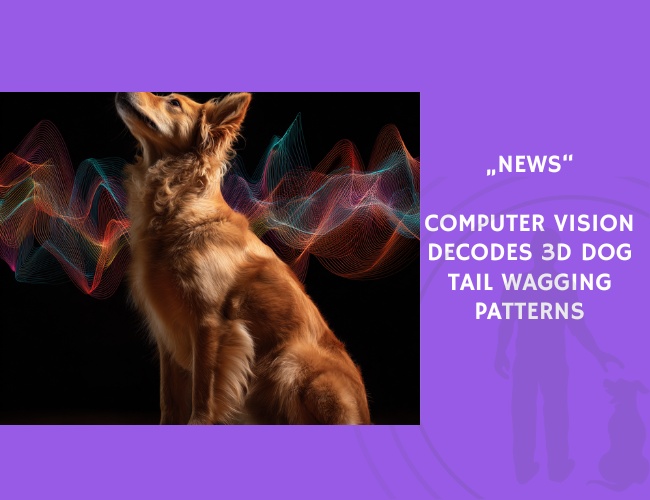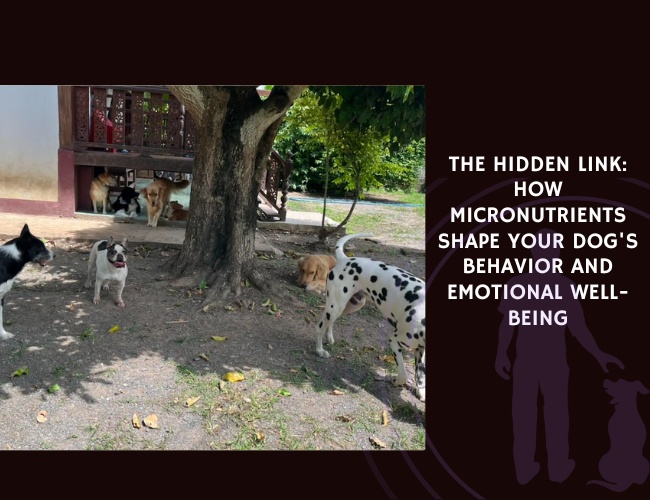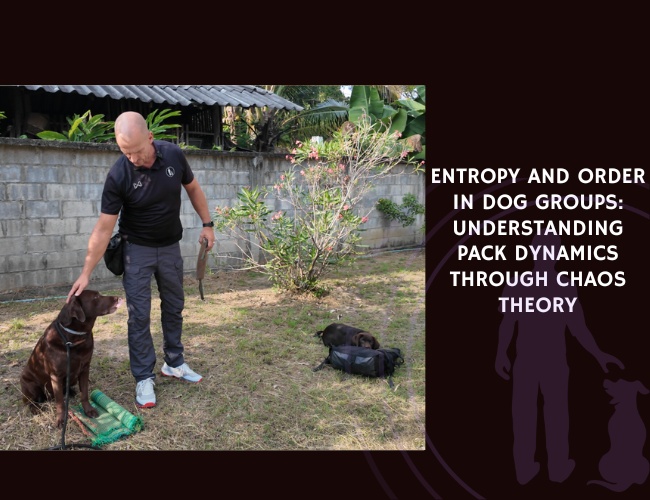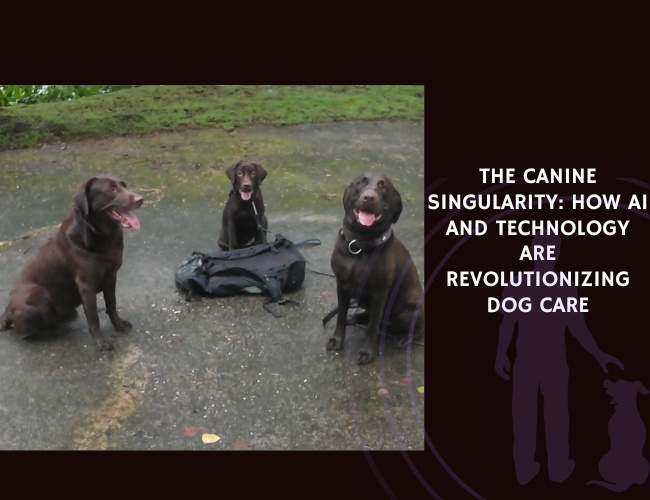Researchers led by Devon Martin et al. (2024) have introduced a novel application of depth-sensing computer vision to quantify and interpret tail wagging behavior in dogs, a common yet complex indicator of canine emotional states. The study, presented at the International Conference on Animal-Computer Interaction, developed an enhanced version of Mask R-CNN—a neural network model—to extract tail position in three dimensions and derive temporal motion metrics like wag speed and momentum.
Using a large annotated video dataset of 30 dogs, the researchers trained the system to accurately identify tail movements across various conditions, including the presence or absence of specific stimuli. The improved AI model successfully captured fine-grained tail dynamics, even under real-world video streaming conditions with occasional occlusions or noise.
The system’s ability to continuously monitor tail behavior without physical contact presents a significant advancement for studying animal affective states. Behavioral metrics derived from tail wagging differed significantly depending on the stimuli, supporting the idea that tail movement encodes emotional information. This breakthrough not only reinforces the value of tail wagging as a non-verbal communication signal in dogs, but also highlights the promise of computer vision in non-invasive emotion detection.
These findings open doors to potential real-time applications in canine welfare, training, and human-animal interaction, offering future tools for decoding dog behavior with greater scientific accuracy.
Source: Devon Martin, Jaewoo Park, Mary Carson, Margaret Gruen, Alper Bozkurt, David L. Roberts. “Automated Depth Sensing-Based Computer Vision for Dog Tail Wagging Interpretation.” Proceedings of the International Conference on Animal-Computer Interaction, 2024-12-02.










